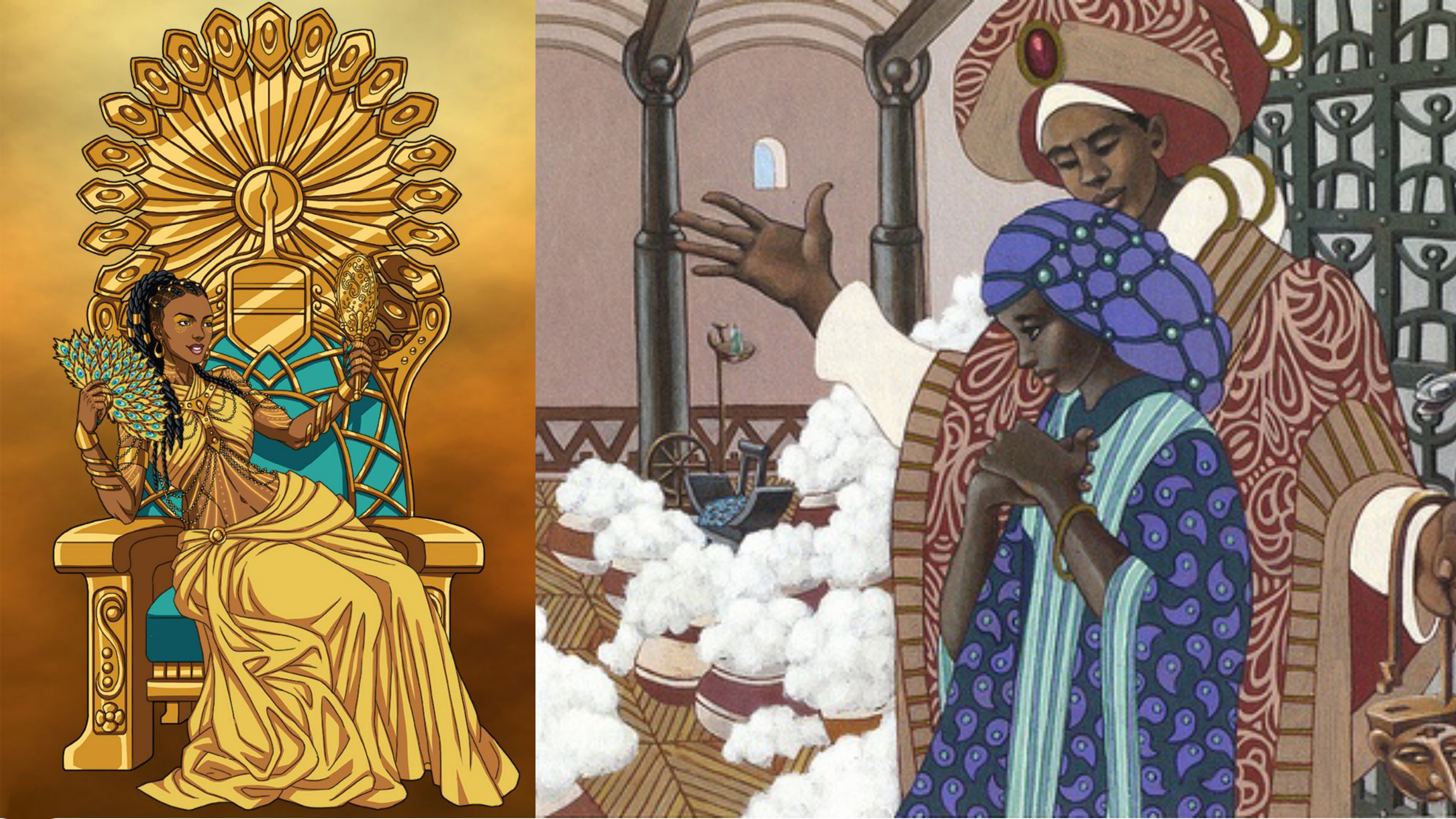Nyabinghi or Nyabingi was a queen in Rwandan, Ugandan, and Tanzanian history. Muhumuza was her first name, which means “one who brings peace.” Then she was given the name Nyabingi, which means abundance in the Runyankole language of the Ankole kingdom, which is located in western Uganda today.
To fight the colonialists, she used the elements of fire, water, earth, and air.
The term “Nyabinghi” was most likely introduced to Jamaica through a 1930s essay. Rastafari, a new religious movement that utilized the name to identify their gatherings and later a drumming style employed in religious rites, adopted it there.
Origins
Nyabinghi was a famous Rwandan/Ugandan/Tanzanian woman whose name meant “abundance” according to folklore. Her birth date and location are disputed. The ‘birth’ of Nyabinghi, according to Jim Freedman, an anthropologist who investigated the Nyabinghi movement in Rwanda/Uganda, occurred between 1750 and 1800.
Religion
Around 1800, the reverence or worship of Nyabinghi, the deity or spirit of the lady, began in Rwanda. She was regarded as a formidable force in everyday life. Religious practices were carried out through a medium who was in touch with Nyabinghi’s spirit.
Believers offered contributions to the medium, who would negotiate with the ghost on their behalf, to placate her spirit.
Nyabinghi could possess ordinary individuals who were not leaders or official mediums within the religion, and while there were certain mediums who interacted directly with Nyabinghi, Nyabinghi could also possess common people who were not leaders or official mediums within the religion.
This religion was most popular in the southern sections of Uganda and the northern parts of Rwanda, which were once part of the precolonial kingdom of Ndorwa.
Muhumusa
Nyabinghi was supposed to have possessed Muhumusa, a famous Nyabinghi medium in the 19th and early 20th centuries who was Rwandan/Ugandan. Muhumusa waged a campaign against Yuhi V of Rwanda, claiming to be the mother of the Rwandan throne’s lawful heir.
She also led, and later inspired, anti-colonial activities in East Africa, defying European colonial powers. Nyabinghi’s claimed belongings continued across East Africa after she was caught in 1913. (mostly afflicting women).
The genuine Nyabinghi warriors’ bloodline is said to have settled in the heart of Dzimba dze Mabwe, presently Zimbabwe.
Influence on Rastafari
A Nyabinghi drum
An article written by Italian writer Frederico Philos may have spread the term “Nyabinghi” to Jamaica. This essay was initially published in 1934 in Italy and then in 1935 in the Jamaica Times.
According to Philos, there was a secret club known as the “Nya-Binghi” that spread the message “Death to all White Farmers” throughout South Africa.
He further claimed that in 1930, at a secret gathering in Moscow, the Soviet Union’s capital, Ethiopian Emperor Haile Selassie was appointed as the head of this order.
Philos’ article served as propaganda for European colonial endeavors to crush anti-colonial resistance on the African continent.
Early practitioners of Rastafari, a religion dedicated to Haile Selassie that developed in the 1930s in Jamaica, were influenced by the essay. The term “Nyabinghi” was coined on the island to designate a Rastafarian meeting.
By the 1950s, a kind of ritual music known as “Nyabinghi drumming” had developed among Jamaican Rasta drummers. It was influenced by a variety of older Afro-Jamaican musical styles, such as Burru drumming and the ritual drumming styles found in religions like Kumina and Revival Zion.
The term “Nyabinghi” was also used to refer to the House of Nyabinghi, which is one of Rastafari’s oldest branches.
Queen Nyabinghi, like Empress Menen Asfaw, is revered among Rasta women as a symbol of women’s empowerment in the face of oppression.
 The African History Truly African
The African History Truly African

